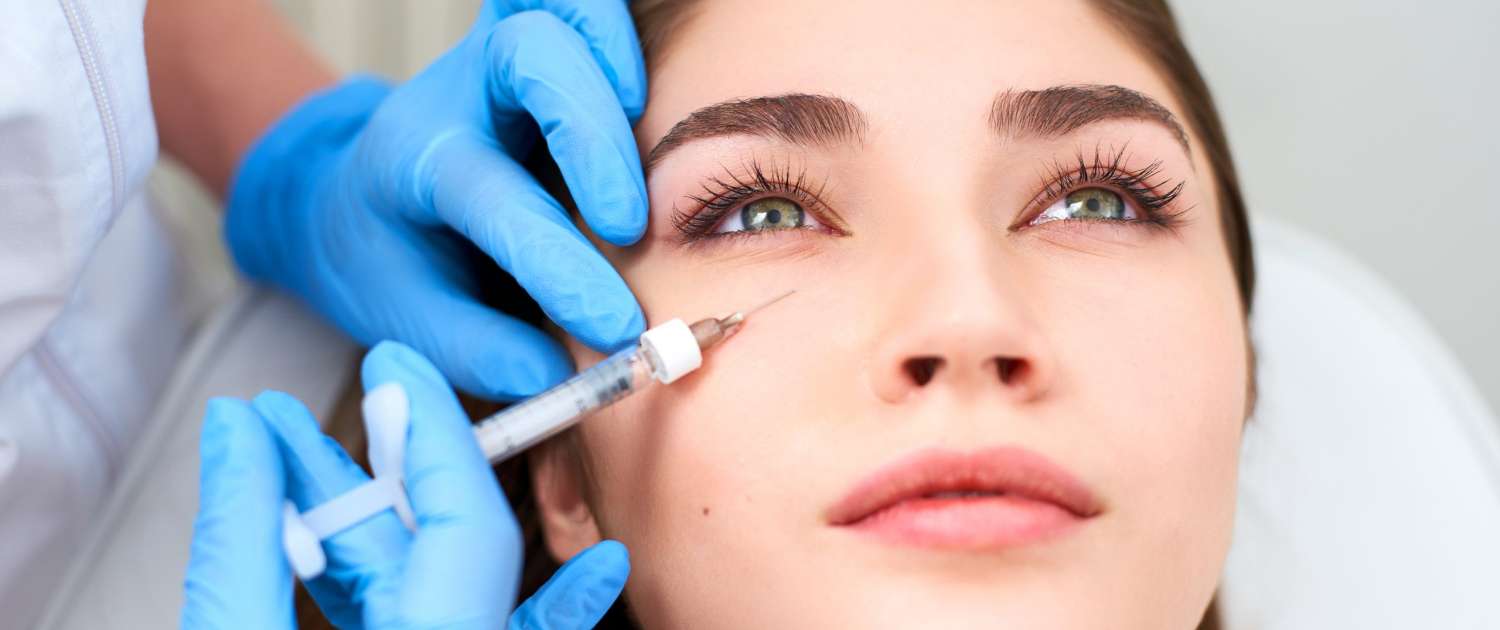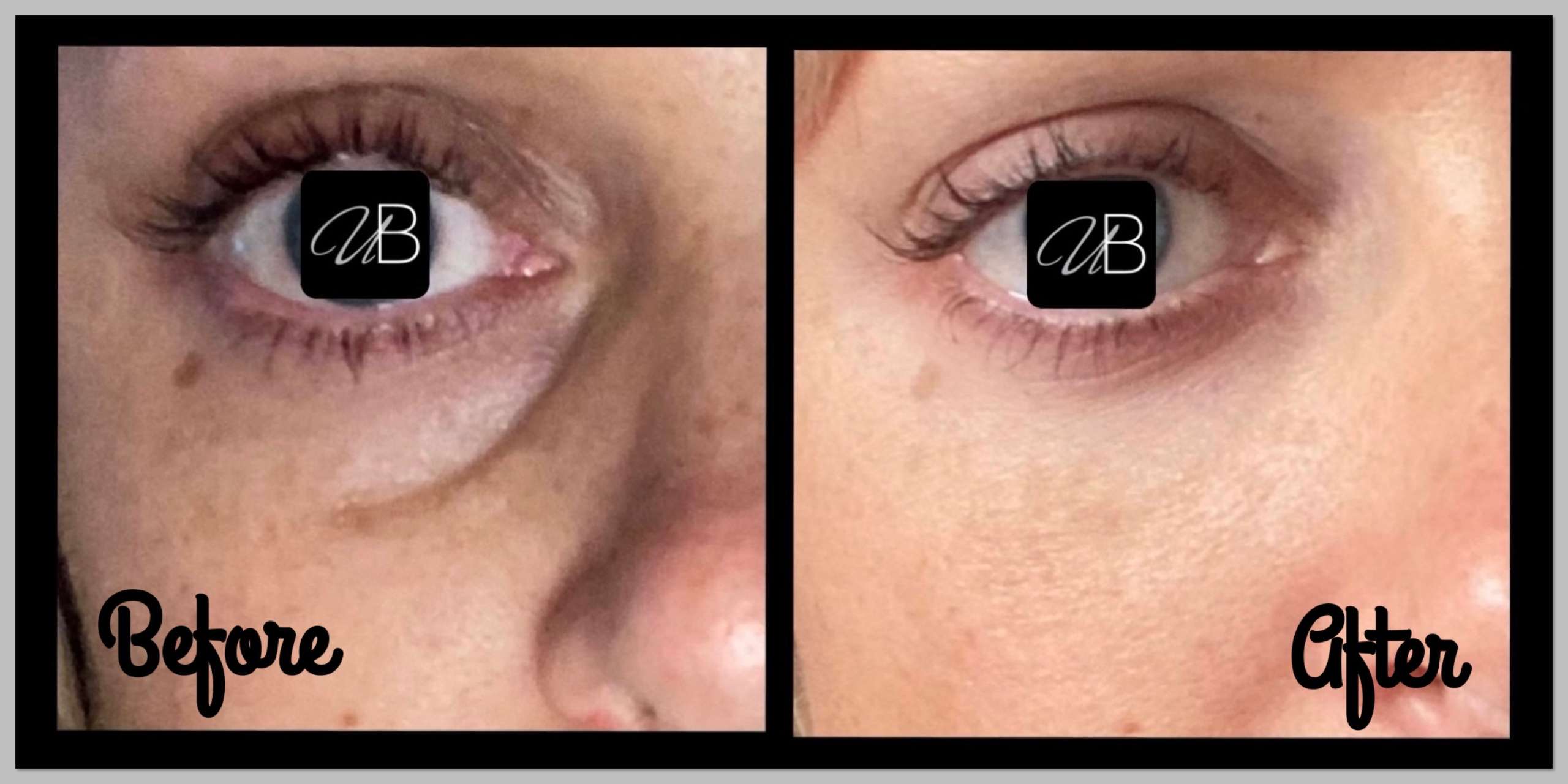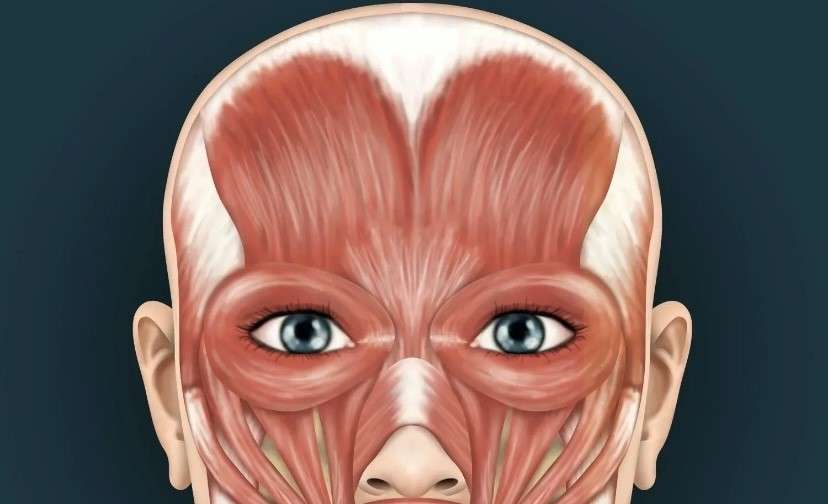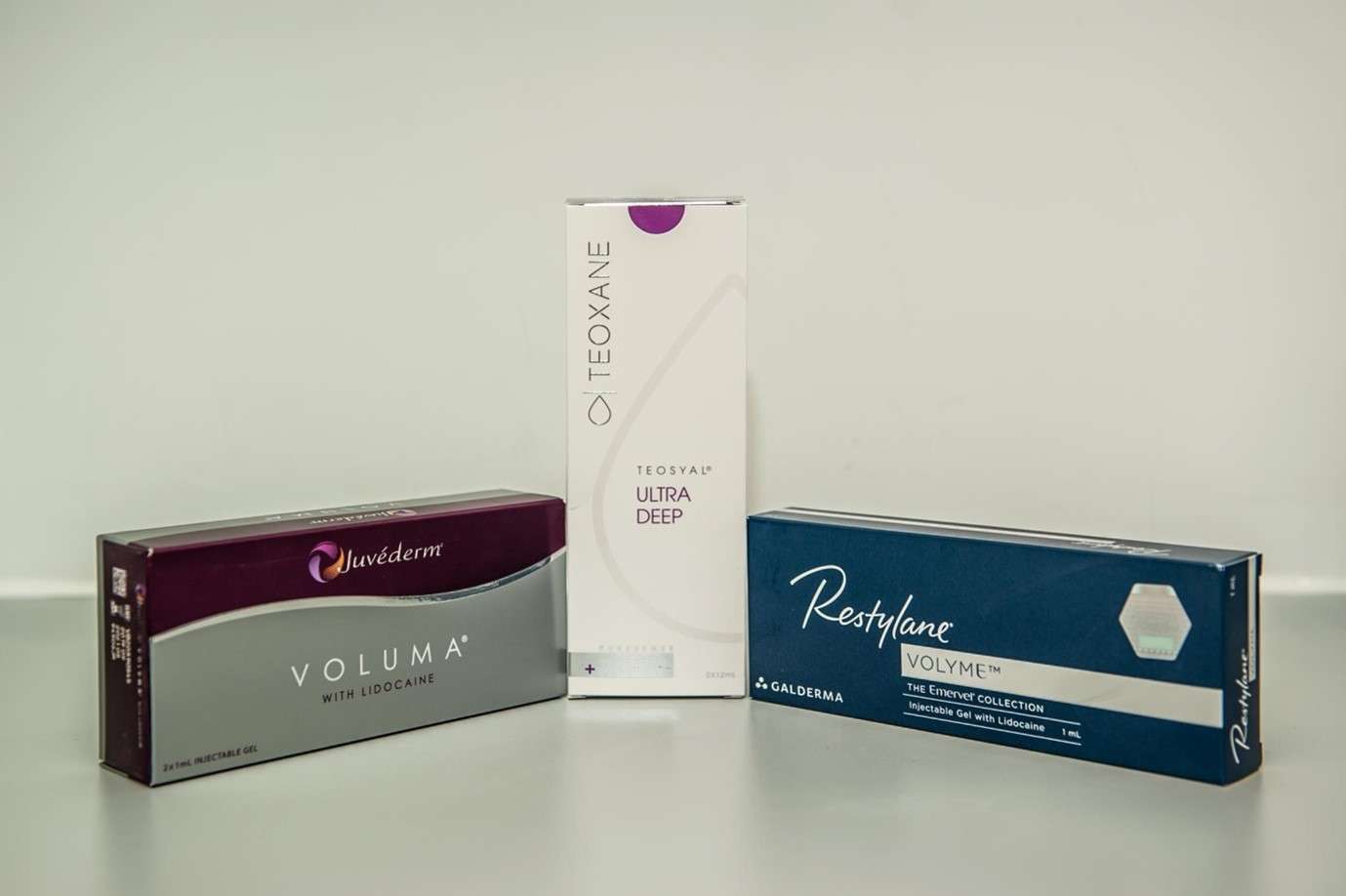Can tear trough filler go wrong?
By Dr Rachael Syvret
The short answer would be; yes. Unfortunately, as with all aesthetic procedures, there is always a risk of complications. Generally, in life, the risk of things going “wrong” depends on how many variables are at play.
With aesthetic procedures, there are numerous variables. The patient’s specific anatomy, how that individual patient will respond to the filler product, the integrity of the patients skin, the filler product used and the injector themselves.
Having said that, tear trough filler is one of the most rewarding procedures to have and can greatly improve your appearance. Hallowing under the eye can cause dark circles making you look tired, even when you’re well rested. Filler in this area helps to rejuvenate your appearance and restore volume.
Why is tear trough filler risky?
Tear trough fillers are one of the more risky procedures on an aesthetic practitioners menu. Let’s look at the reasons why in more detail:
- The patient’s anatomy
We are all individuals, both on the inside and out. This goes for our anatomy too. Although we all generally have the same muscles, ligaments, blood vessels and nerves running in the same general position, their exact location will vary slightly for all of us. Because of this, even with the most in depth anatomical knowledge, there is always a risk of injecting near or into a blood vessel. It is extremely important to be able to recognise the early signs that this may have happened, so that the filler can be dissolved promptly and the blood supply safely restored.
2. How that individual responds to the filler
Unfortunately, there is no way to “patch test” when it comes to injectable aesthetics. Until the practitioner starts to inject, there is no way of knowing exactly how each individual person will respond to the filler. A good assessment of the patient can help to guide how they may respond, but will never give an exact representation.
3. The filler product used
There are lots of different fillers on the market, and more being added all the time. Some of these products have been on the market for many years, and therefore their results will be more reliable. Newer products may not have much data gathered yet to be able to accurately understand their composition, and the results they give. Fillers are discussed with regards to their “G prime” or “lifting ability”. The higher the G Prime, the more firm the filler and the more lifting ability it has. It is important that the right filler product is used in the right place.
The tear trough is an area where the skin is very thin and it is important that the filler does not sit in “lumps”. For this reason; a smooth, low G prime filler is best. There are currently only two products that are licensed for use in the tear trough area. These are a product by Teosyal and a product by Restylane.
4. The injector
There are thousands and thousands of aesthetic practitioners now. Some have longstanding medical backgrounds and extensive experience in aesthetics. Others have no medical background and have only been practising aesthetics for a short period of time. Complications can happen to anyone, for the reasons discussed above. However, picking your aesthetic practitioner wisely is one thing we can all do to help to minimise our risk of complications.







